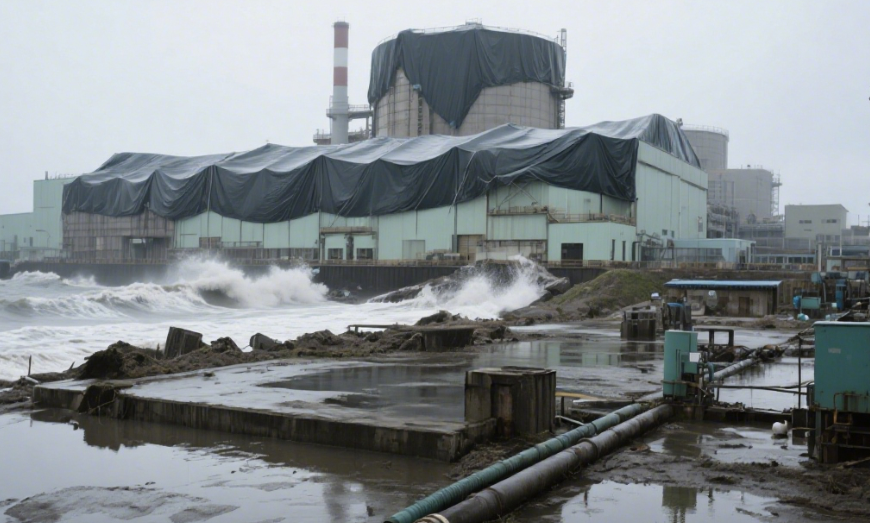A tsunami triggered by a powerful 8.8 magnitude earthquake off Russia’s Kamchatka Peninsula struck the coast of Fukushima, Japan, causing seawater to back up near the nuclear power plant. Although the Tokyo Electric Power Company (TEPCO) suspended the discharge of nuclear contaminated water as a matter of urgency, environmental organizations warned that the influx of seawater could bring the discharged nuclear wastewater back to land, causing secondary contamination. IAEA data showed that strontium-90 concentrations at a monitoring site off Fukushima showed abnormal fluctuations after the tsunami, while independent tests in South Korea found that cesium-137 activity around the outfall had soared 300% from baseline values. This incident highlights the long-term threat of nuclear contamination to marine ecology, and experts at Tsinghua University have pointed out that there is still a major blind spot in the assessment of the long-term impact of long half-life nuclides such as carbon-14 by current monitoring methods.

Leave a Reply